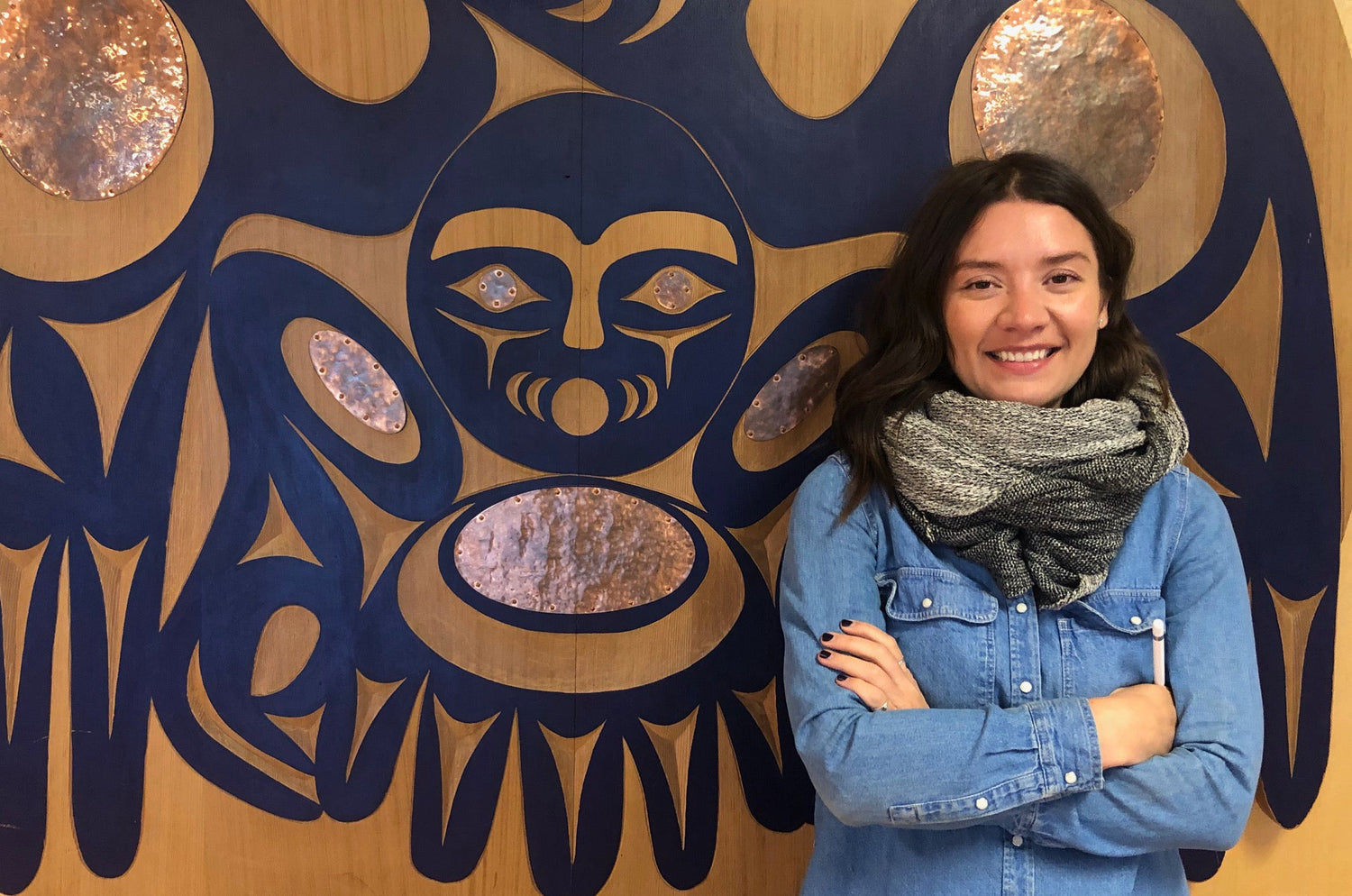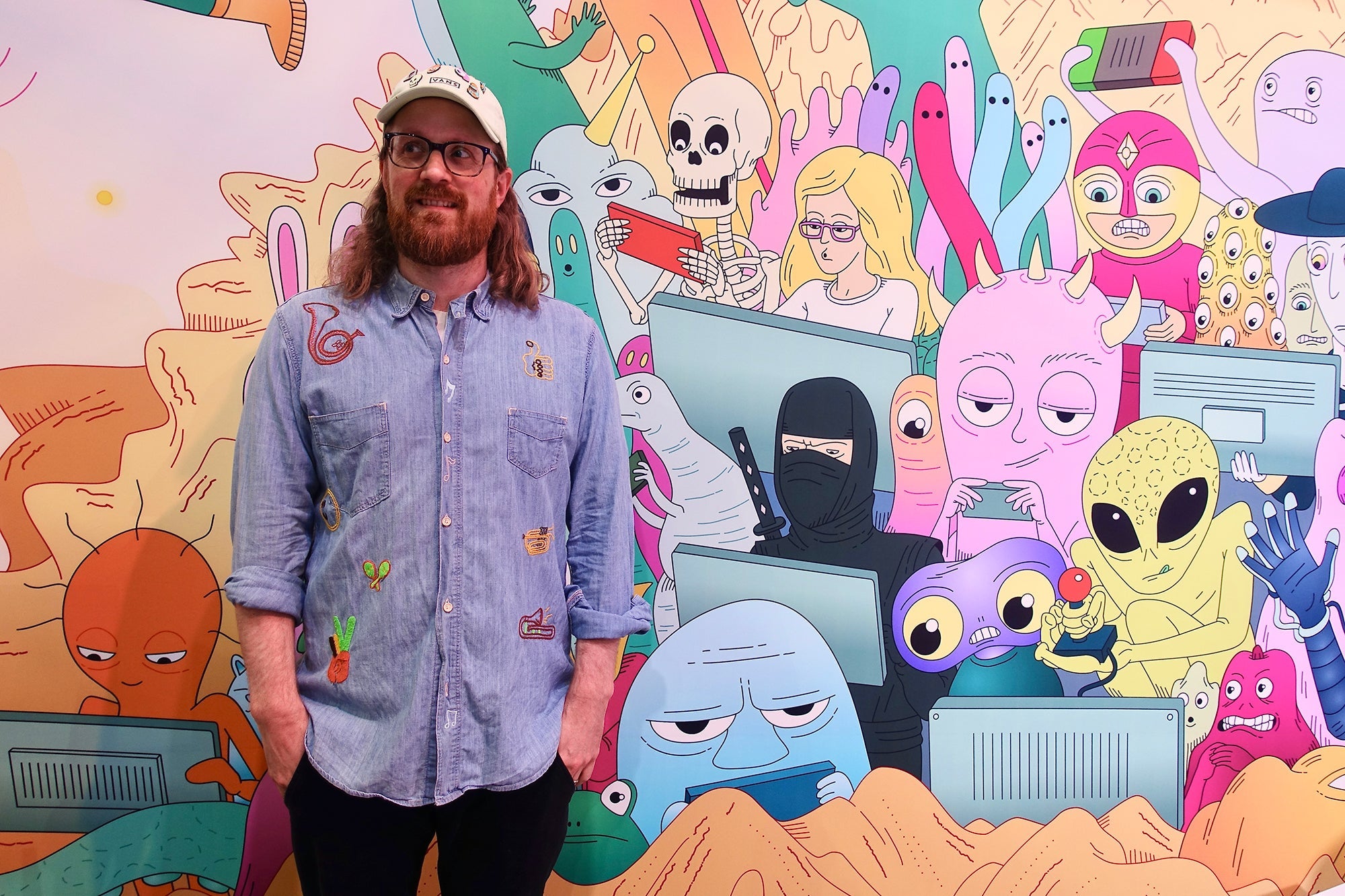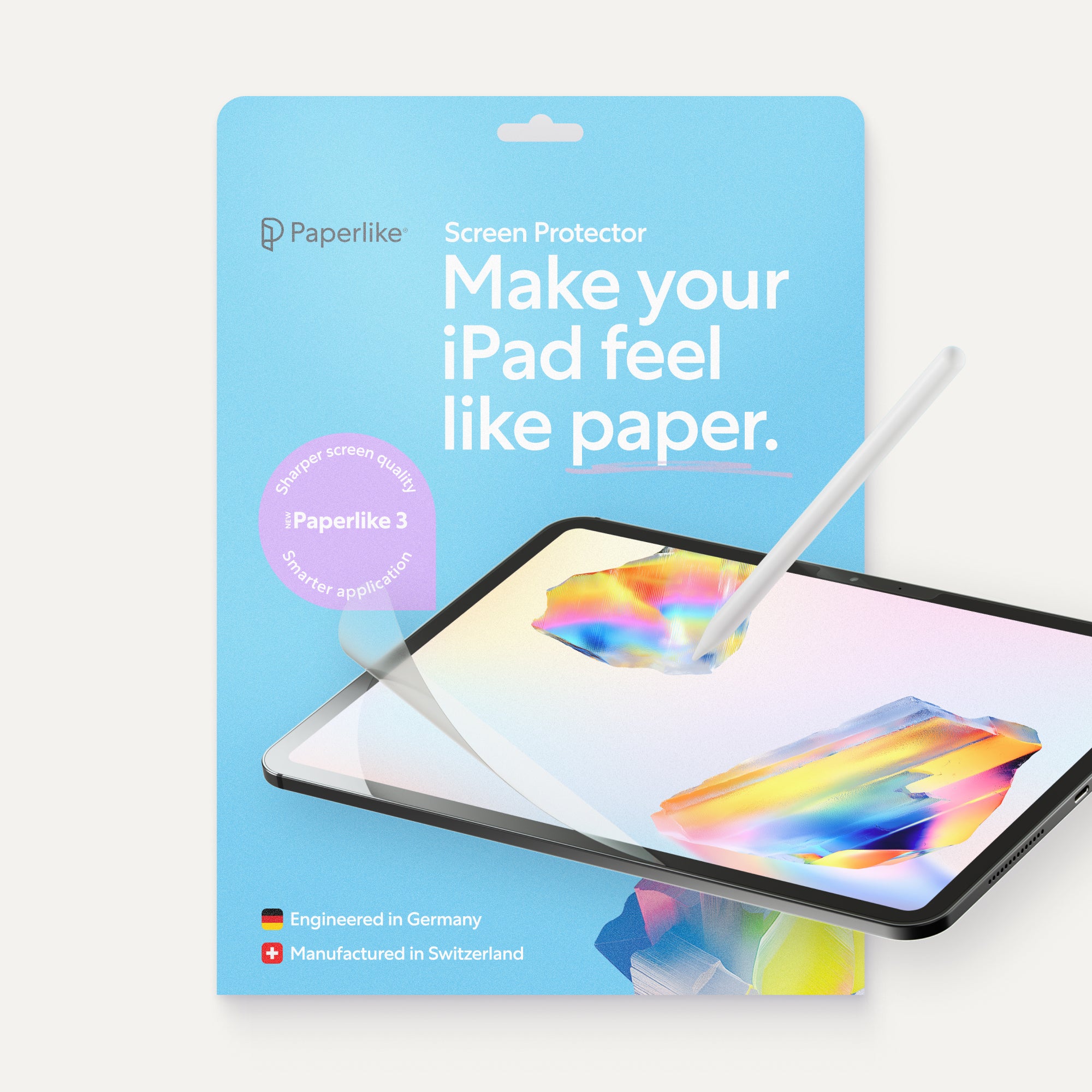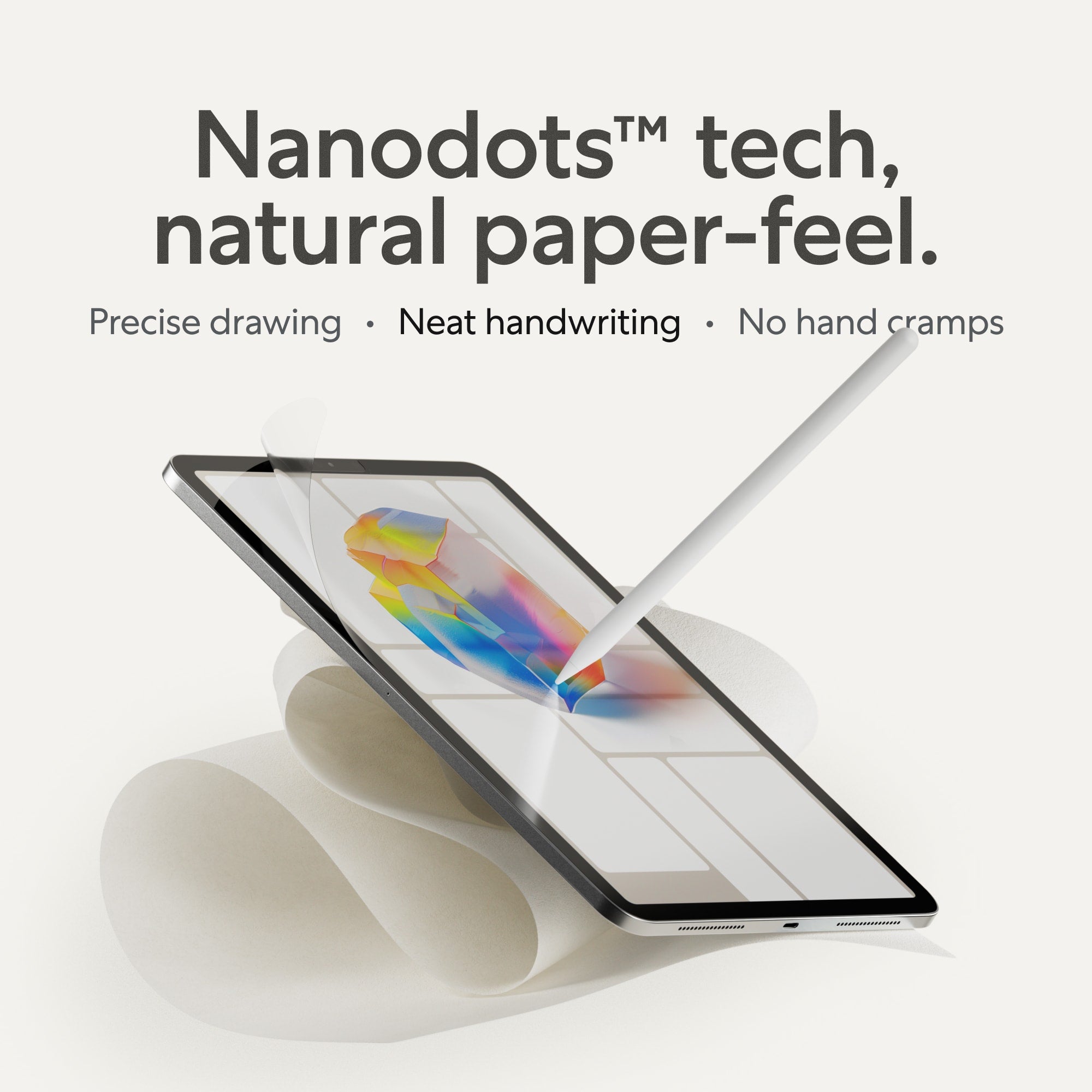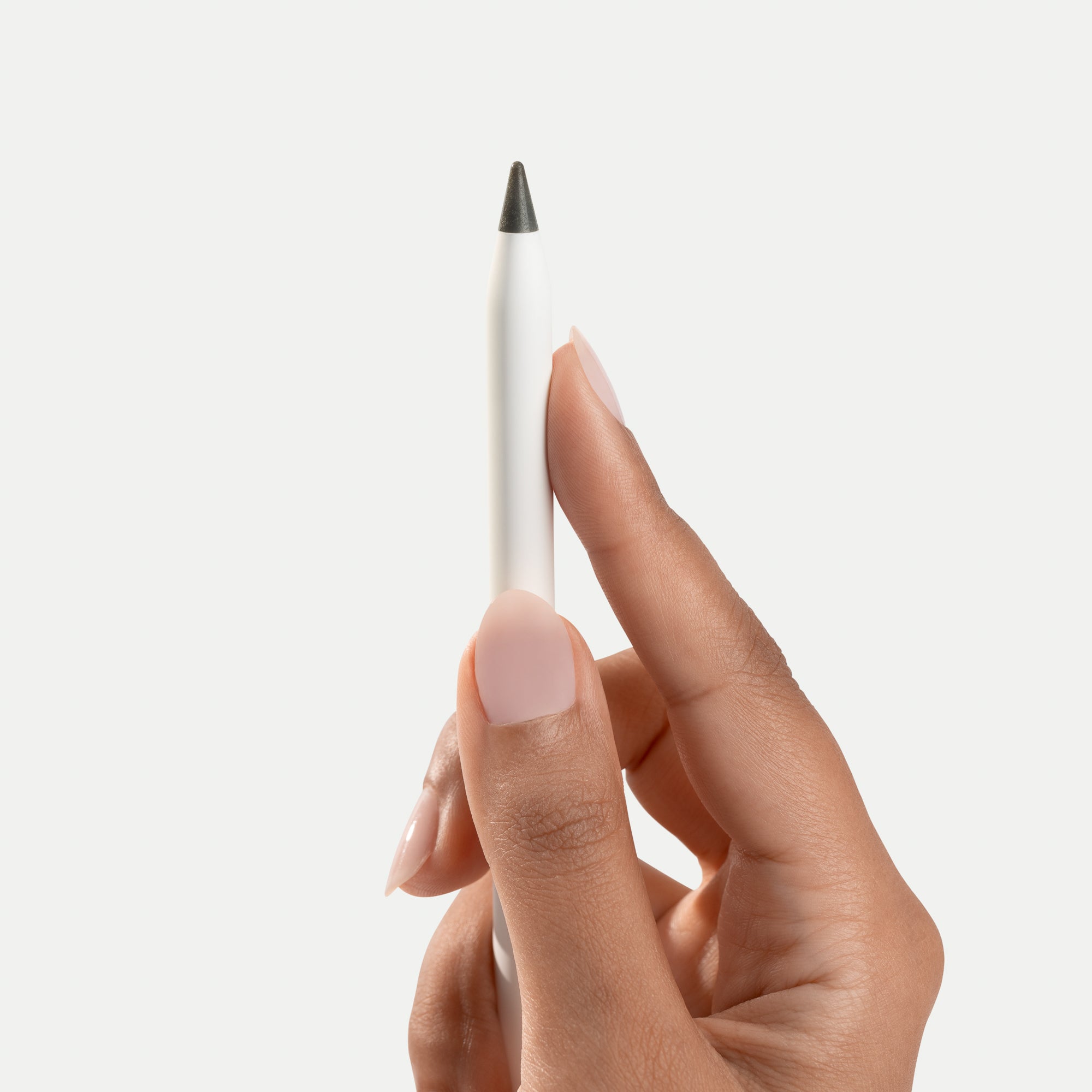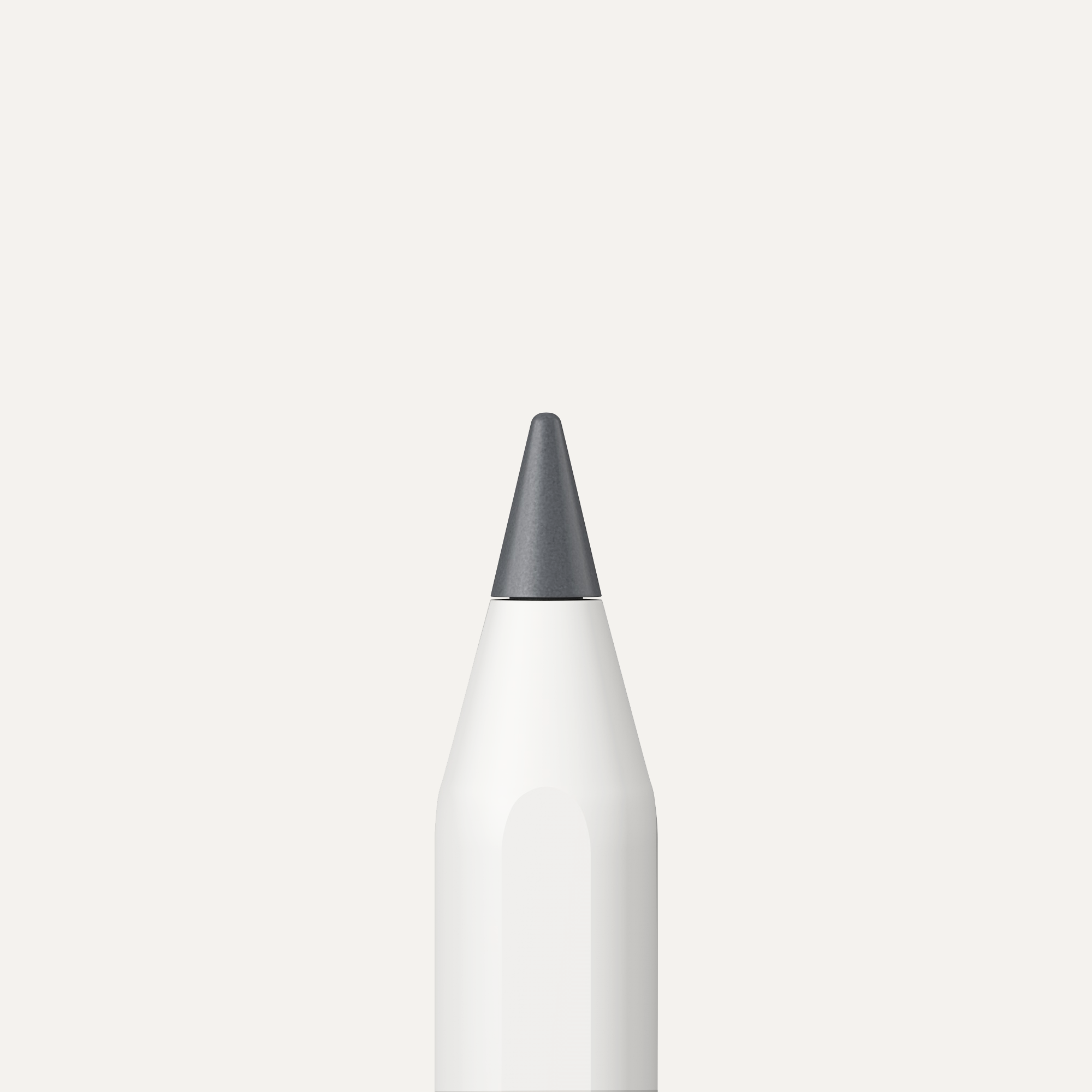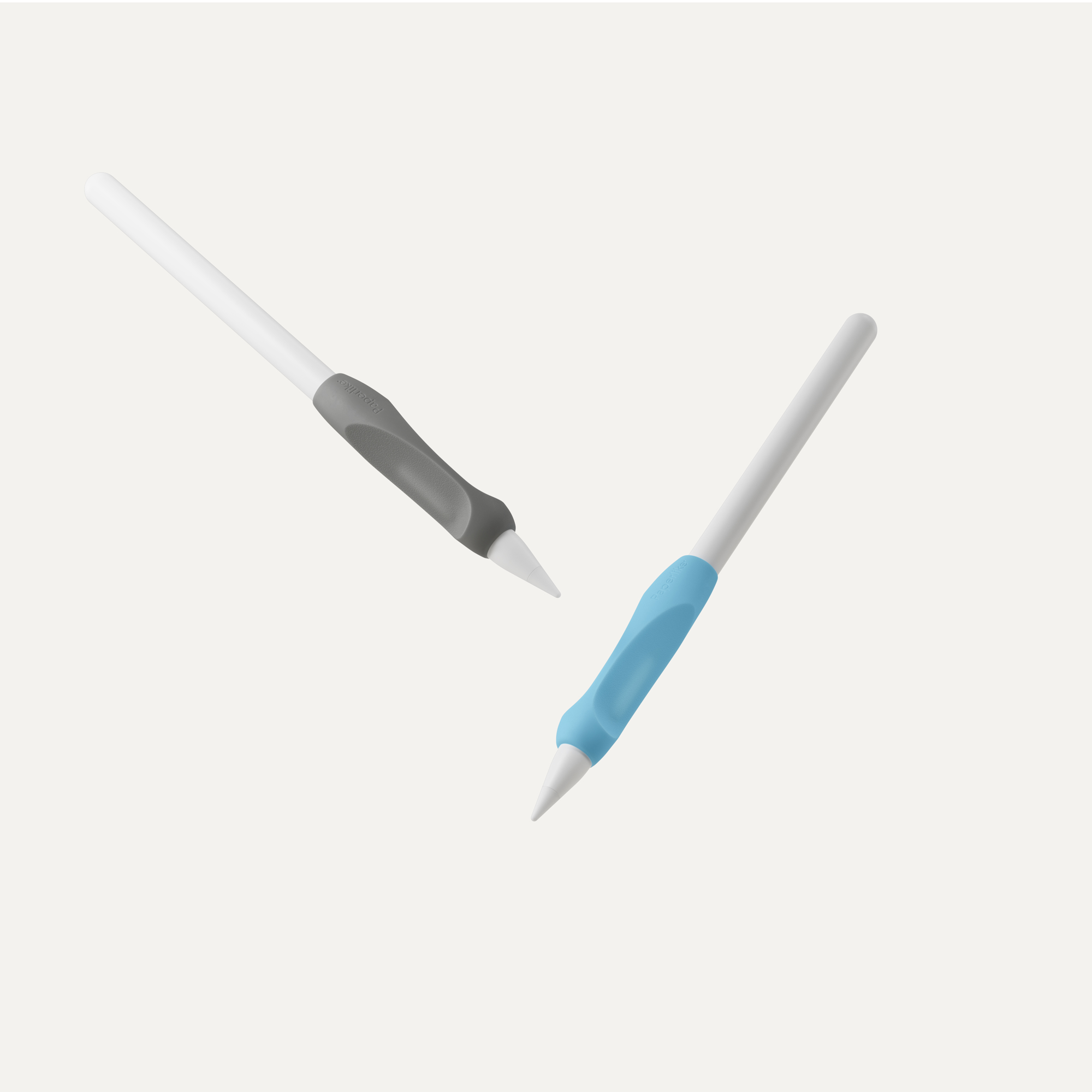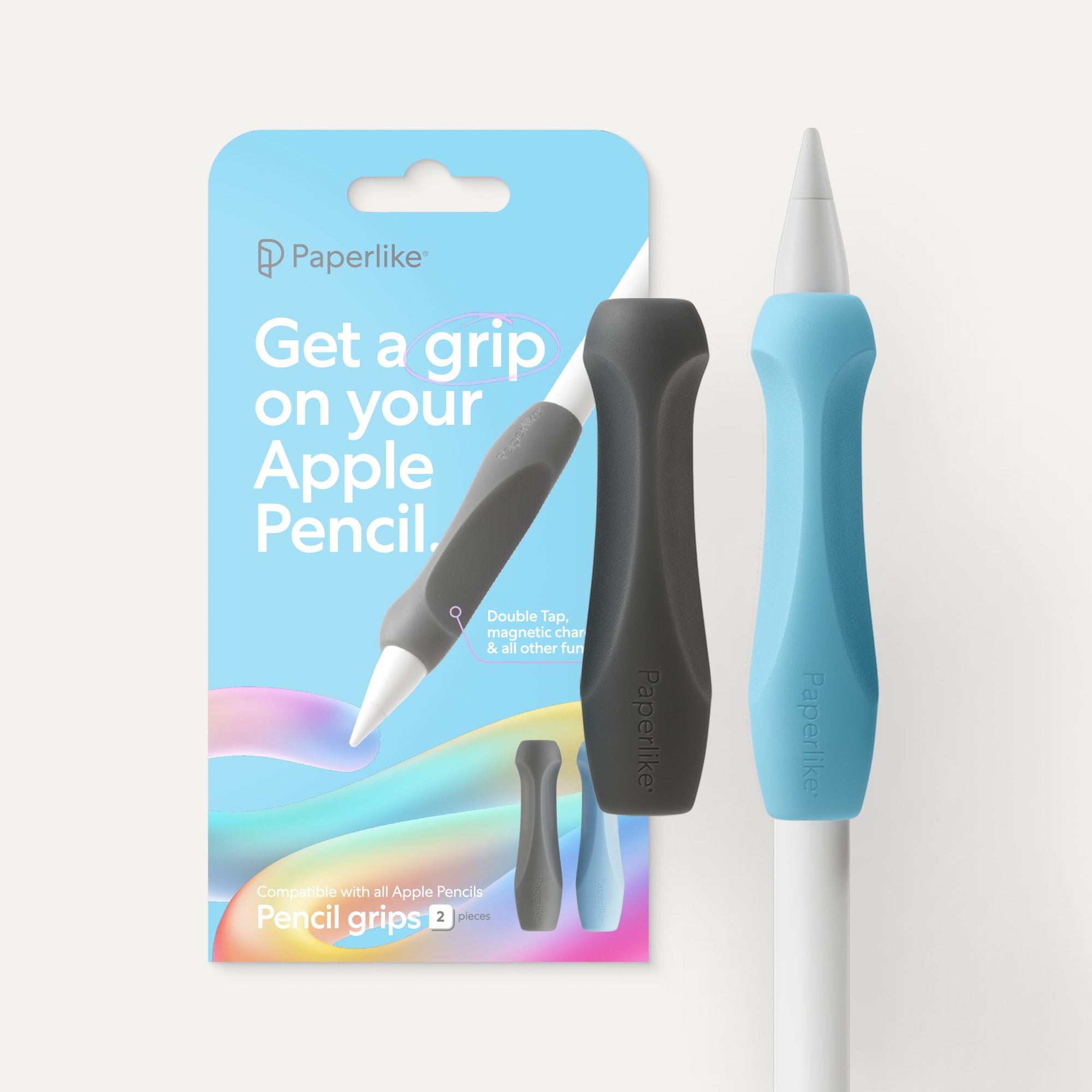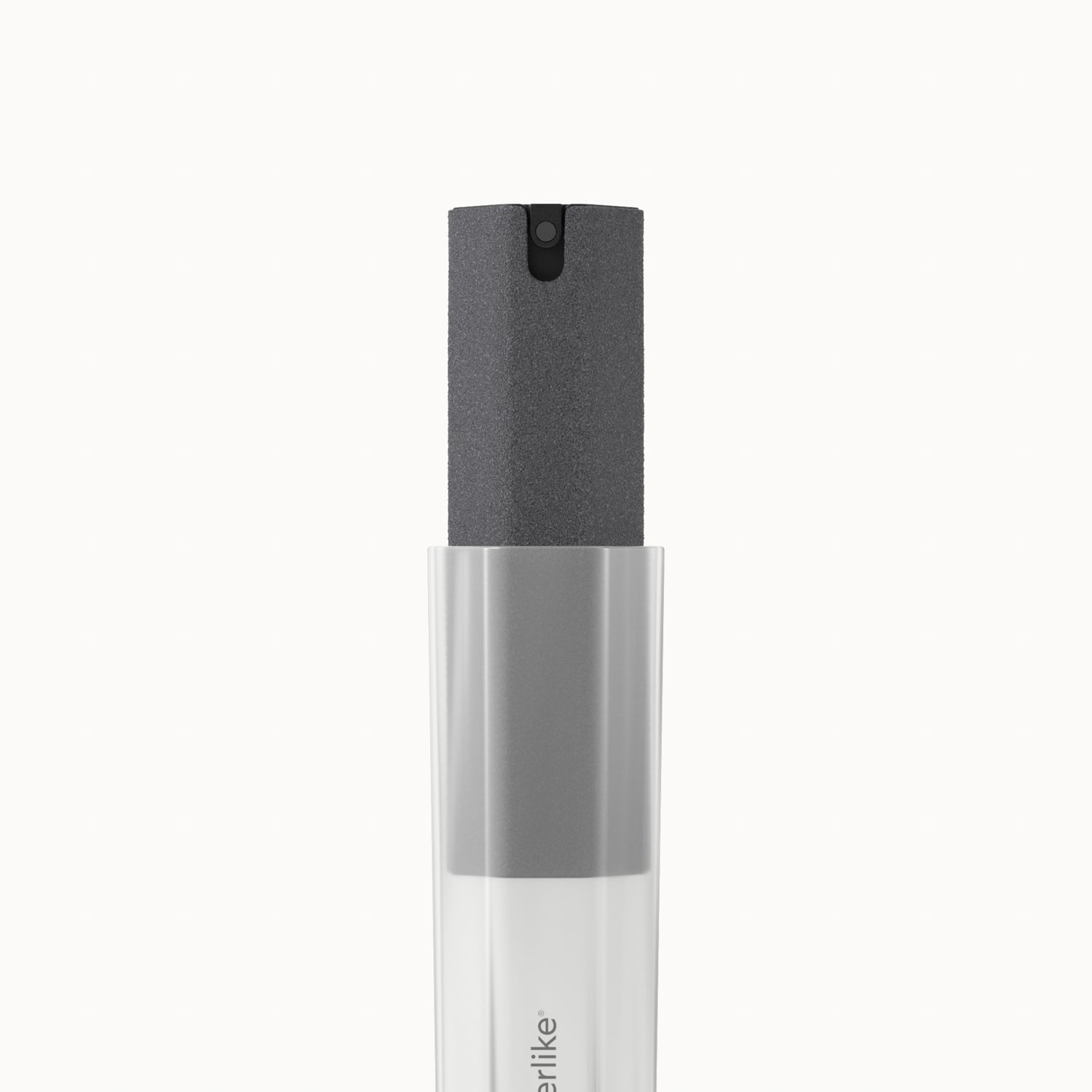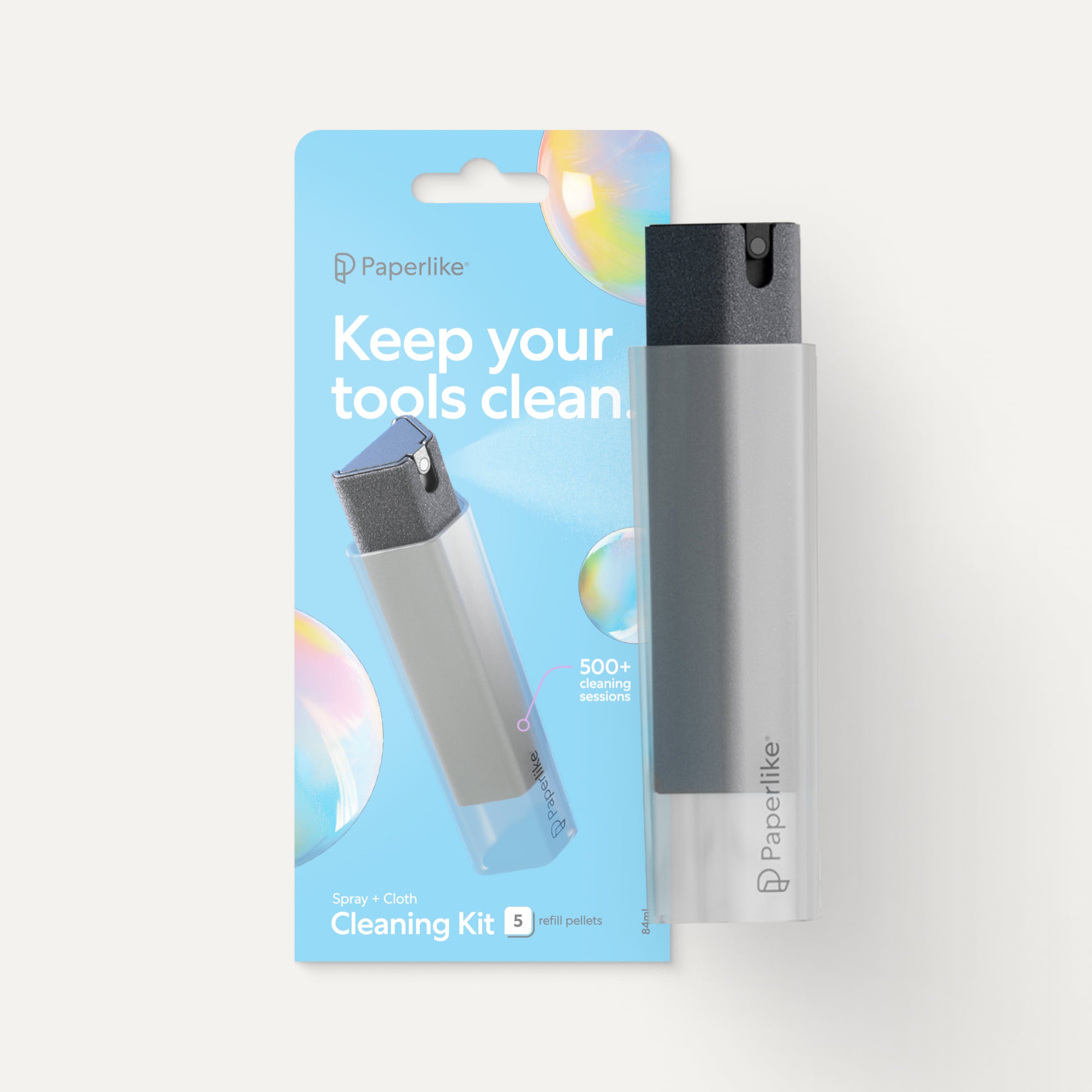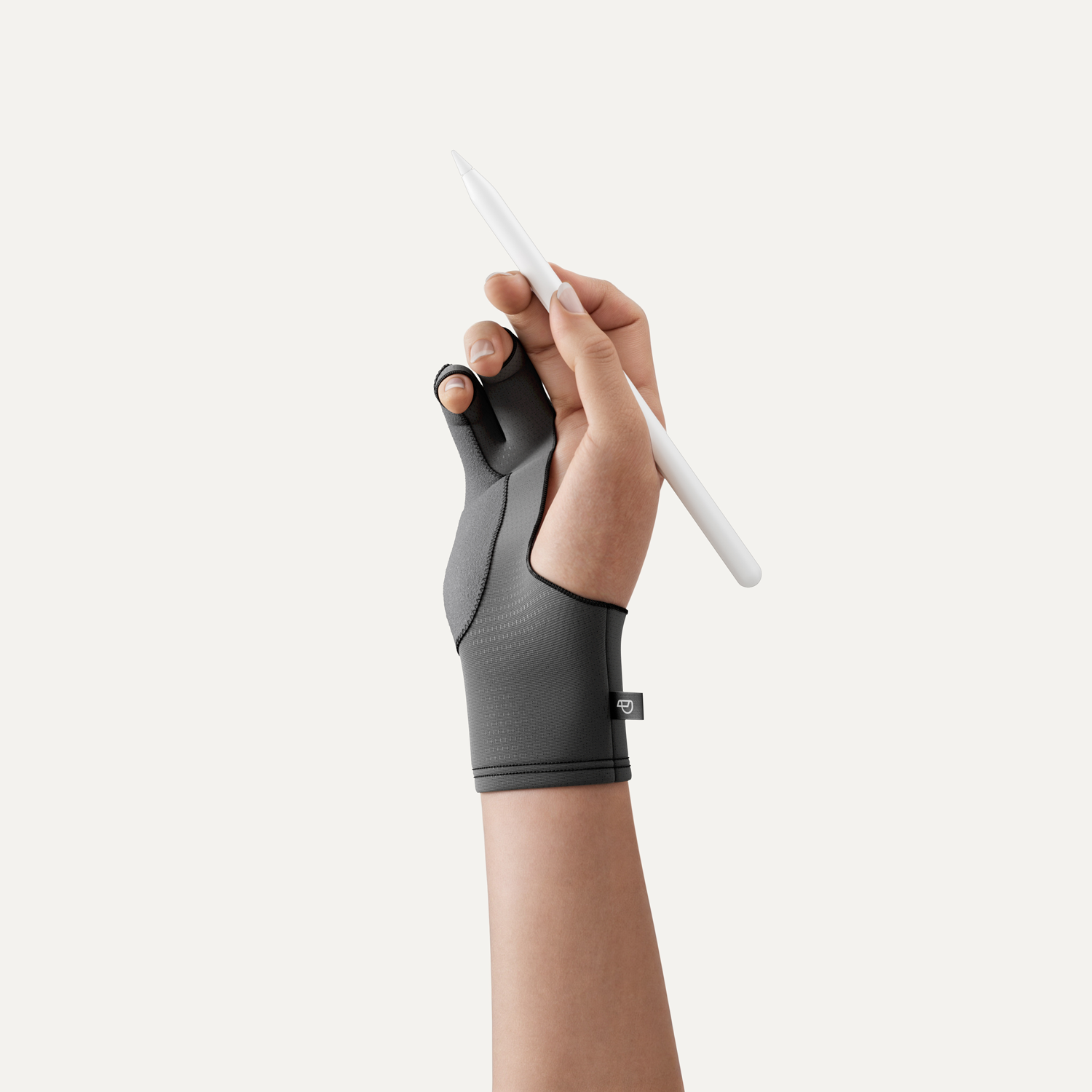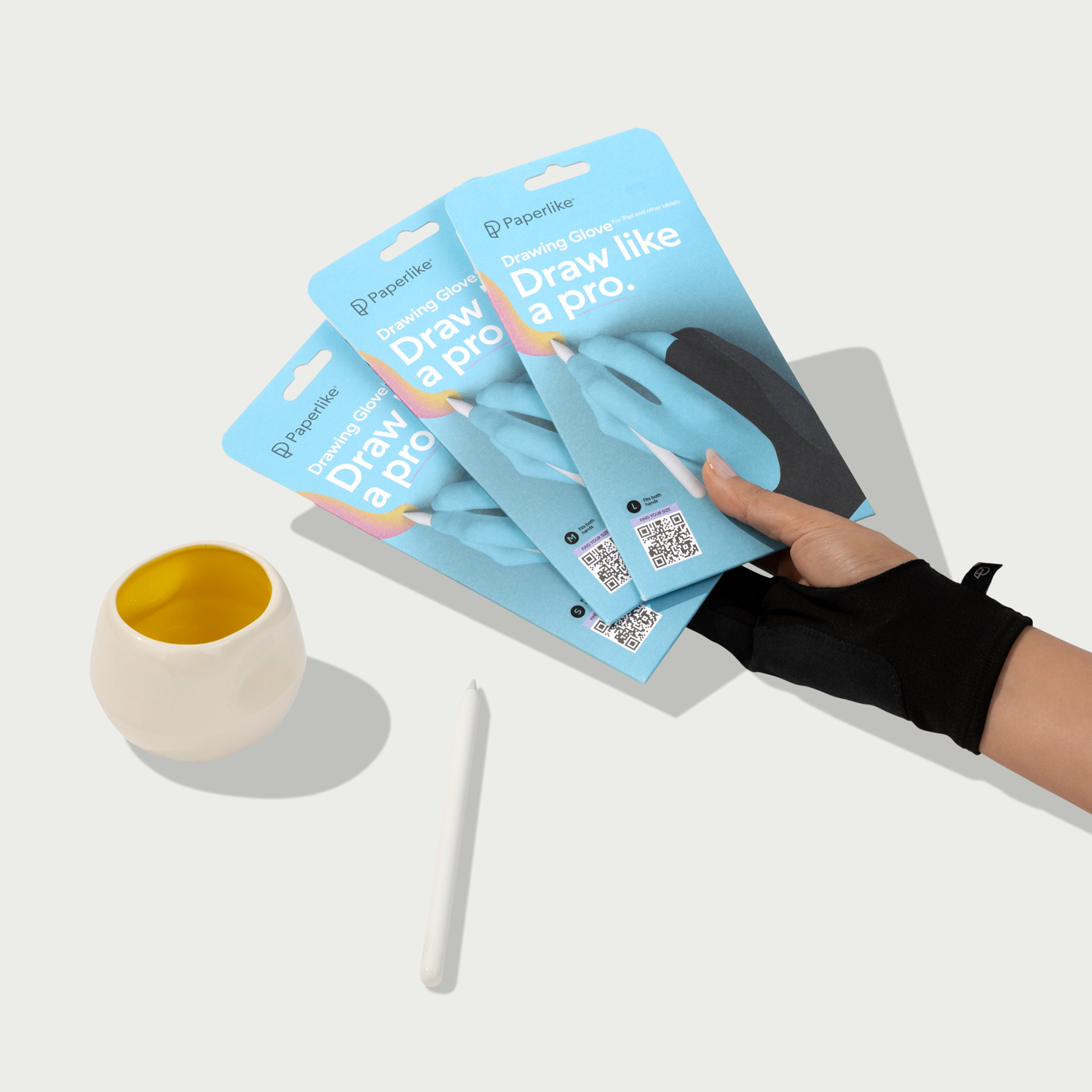Emily Maxwell is not your ordinary school teacher. She’s part of a unique public school program called The Performance Learning Program where students use the iPad and Apple Pencil as their sole learning devices. That means no books, no pencils, no paper, no computer lab. Each student in this forward-thinking program has everything they need for school with them at all times, in a single device.
“I originally started out as a youth worker at community centers while attending university at the University of Victoria,” Emily told me. “I ended up going to school for teaching because I knew I wanted to work with kids, but also because I’m an academic at heart that loves learning. So, I got my degree in Canadian History and English Literature. From there I started my practicum back in Vancouver and worked and began working as a teacher in North Vancouver.”
Education technology as taught at university today
Emily first encountered the frustrating state of education technology while attending university. She says the curricula regarding technology use in the classroom is behind the times.

“It's difficult for schools to keep up with the technology,” Emily said. “As an example, everything that we’re doing at our school, you can’t find anywhere else. Not in Vancouver, not in the lower mainland where we’re located, and not even in the whole of British Columbia. Everything we do is project-based, the students are 1:1 with their own iPads, and we try to get out of the classroom as much as we can on field schools. The courses I took at university were about how we could help kids make their own websites, or get kids on Twitter, which isn’t exactly utilizing technology to it’s potential for what students can really do."
Emily’s insights here surprised me. Most of us probably feel that youth often far surpass adults when it comes to the use and mastery of emerging technology. Therefore, spending time teaching kids how to make websites or to utilize social media seems like an exercise in redundancy. But it makes sense also. Most universities are bureaucratic behemoths that change very slowly.
The lack of modern understanding regarding education technology is only one problem. What’s more, Emily says that kids are restricted far too much when it comes to the use of technology in the classroom.
“It was something I noticed immediately,” Emily said. “These kids are being so policed on their devices, to keep them away and to not use them. But as a teacher, I can see that kids have all of the knowledge they need to know at their fingertips. And so I started to feel a little bit useless, and began to ask myself, ‘What's my role here?’ These kids are going to Google everything I say anyways, we might as well use these devices for good and not evil.”

As somebody who felt totally disengaged while in high school, Emily could relate. She thought that there must be a way to get her students more interested in what they were learning.
“That's when I found this program, which just happens to be at the same high school that I went to in Deep Cove,” Emily told me. “I knew once I found the program that it was the type of teaching and the type of learning that I wanted to be a part of. Now I've been teaching in the Performance Learning Program for three years.”
In the time Emily’s been at PLP, she’s seen the incredible impact it’s made on the students.
“From the beginning, I could see immediately how much more you could do in the classroom with the use of technology,” Emily continued. “I saw how much more engaged the kids were. So right when I came into the program, that's when I started to do the qualifications to become an Apple teacher, how to use the iPad myself. The PLP teaching team has been to several Apple events, also helping other teachers on how to use the tools on the iPad.”
The impact of technology in the classroom
In Emily’s program, the iPad literally replaces everything. All textbooks and other materials are simply uploaded to a project management app called Basecamp, so there’s no need for physical books. What’s more, students turn in all their assignments online, so there’s no need for paper either.

Eliminating textbooks and paper alone bring some practical benefits. No more backaches for students overburdened by heavy backpacks, plus no more ‘lost homework’ excuses.
But there are even more important benefits such as student autonomy, the ability for students to access information in a blink, easier and more enjoyable collaboration, and incredible interactivity via educational apps on the iPad.
“It's amazing how much more the students can do on their own,” Emily said. “It takes a huge amount of responsibility off of the teacher. It’s great to be able to come into the classroom and say, ‘This is our framework. We're going to be studying this topic. These are our goals, let's see what we can find!’ So if anything, this is preparing kids to take their own initiative and take control of their own learning. It flips the responsibility onto the students and, in doing so, also empowers them to find out what they wanted to find out about a topic.”

What’s more, Emily loves the creativity that the iPad enables for students.
“I’m a very creative person,” Emily told me. “I play guitar, I love to draw, and I love to create short films and do photography. So, the iPad opened up so much more creativity for me as a teacher. Instead of just trying to get them to make poster boards or get out the glitter and glue to try to create something, I have the kids make these amazing short animations about Canadian history. They're able to create songs and record them in GarageBand. And so creatively the kids are given a lot more freedom because they can explore all of the things they can do, whether it's through music or sketching or video creation or photography.”
While Emily’s school isn’t the only one embracing such technology–some private schools utilize the iPad in class to some degree–they are the only public school program in Canada of their kind. We can only hope that more schools embrace new technologies in the classroom going forward. If they do, we believe the benefits far outweigh the costs.
---
Thanks to Emily for sharing her story and insights with us. If you’d like to find out more about their program, visit www.plp.seycove.ca.


